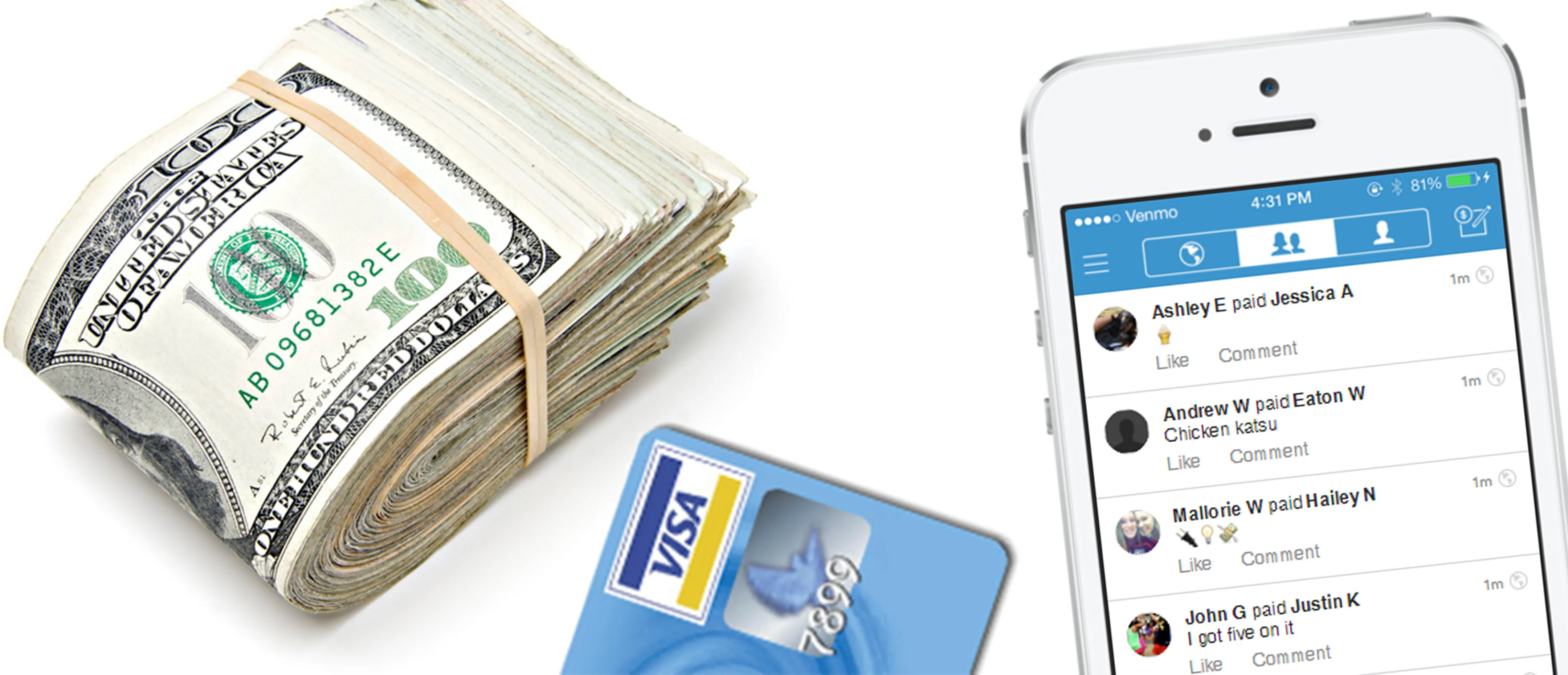Pay Rent Online With These Rent Payment Options
Collecting rent payments for apartments can be a hassle—checks bounce, tenants pay late, and payments get lost in the mail. Many younger renters don’t even have checkbooks. As paper checks become a thing of the past, renters are sometimes shocked to learn that they must pay rent with a physical check.
Luckily, several rent payment services allow tenants to pay rent online or via mobile app — but this convenience can come at a cost. Some of these services charge either the landlord or tenant a flat fee or a percentage of the apartment rent to send the funds electronically.
However, there are also many free rent payment apps available, so there’s no reason to use services that charge fees up to 3% of the monthly rent payment.
Tools to Pay Rent Online
PayPal
How it works: PayPal allows users to send payments from their PayPal account balance, a bank account, a debit card, or a credit card. Both parties must be registered users to send and receive funds. The funds are transferred to the recipient's PayPal account and can then be transferred to a bank account or used to make a future transfer.
Fee: Sending money from a bank account is free. If sending money using a debit or credit card, users are charged 2.9% of the amount being sent plus a fixed fee. Fees vary by currency, but for U.S. Dollars, it's $0.30. The sender can decide which party will pay the transaction fee.
Timeframe: 1-5 business days
Limit: $10,000 per transaction
Google Pay
How it works: Like PayPal, Google Pay allows users to send payments to anyone from their phone or online. Google Pay users can send payment to the recipient's email address or phone number; however, if the receiver doesn't already have a Google Pay account, they'll need to set one up. Unclaimed payments get returned to the sender after 14 days. Money received lands in the user’s Google Pay account and can then be transferred to the bank of their choice.
Fee: Sending money from a bank account is free. However, the sender must pay a 2.9% fee if using a debit or credit card to send funds.
Timeframe: Almost instant to several business days
Limit: Limits vary depending on the users' location. Once the account is verified, the limit is $5,000 per single transaction for most U.S.-based users.
Direct bank transfers
How it works: Most banks can move funds from one person’s account to another account, whether both accounts are held at the same institution or two different banks. Because funds are processed through the Automated Clearing House network banks use, this is also called an ACH transfer. Banks will also send paper checks to recipients who do not accept payments electronically.
Fee: Fees vary by the banking institution, but most banks offer direct transfers for a nominal fee, often less than a dollar, or for free.
Timeframe: 1 to several business days
Limit: None
Zelle
How it works: Access Zelle through the mobile app of the bank where you already have a banking account or through the Zelle app. Thousands of banks including Chase, Bank of America, Wells Fargo, Wintrust, BMO Harris, and Fifth Third have Zelle in their mobile banking apps. Payments can be sent electronically to anyone with an email address or U.S. mobile number set up with a bank. The funds are withdrawn from the sender's bank account and transferred directly to the recipient's bank account. Zelle works between U.S. banks, even if the sender and receiver bank at different places.
Fee: None
Timeframe: Within minutes
Limit: Varies by bank
Venmo
How it works: Like its parent company, PayPal, money is received in the recipient’s Venmo account. It can then be “cashed out” and transferred to the user’s bank account or used to complete future transactions. Both parties must create Venmo accounts before sending and receiving payments. Venmo’s app offers a great mobile experience with a social feed and is popular among millennials.
Fee: The service is free if using a Venmo balance, a linked bank account, or a major debit card, but the sender must pay 3% of the amount being sent if using a credit card or non-major debit card.
Timeframe: 1-3 business days
Limit: Users start with a limit of $299.99 per week. Once the user’s identity has been confirmed, the single person-to-person payment limit is raised to $4,999.99.
Cash App
How it works: Users can only send payments through the Cash App (formerly known as Square Cash) using a debit card. Unlike other payments apps, funds are deposited directly into the bank account associated with the recipient's debit card. Both parties must register for accounts before sending and receiving funds.
Fee: None
Timeframe: Almost instant to 3 business days
Limit: Initially, there is a limit of $1,000 within any 30-day period. The limit is increased if the account is verified using your full name, date of birth, and part of your social security number.




